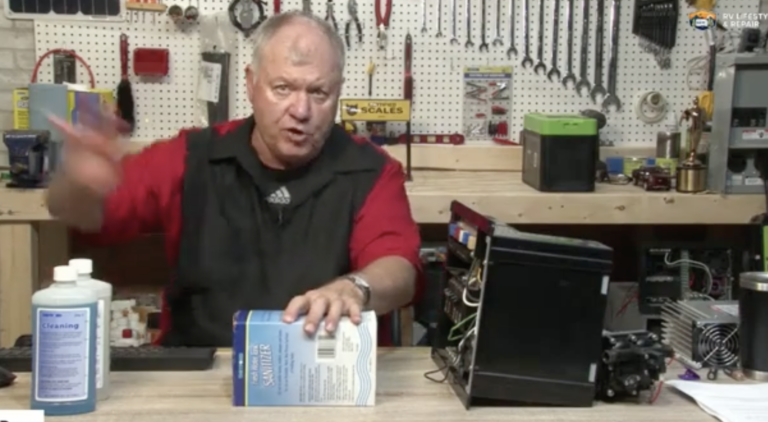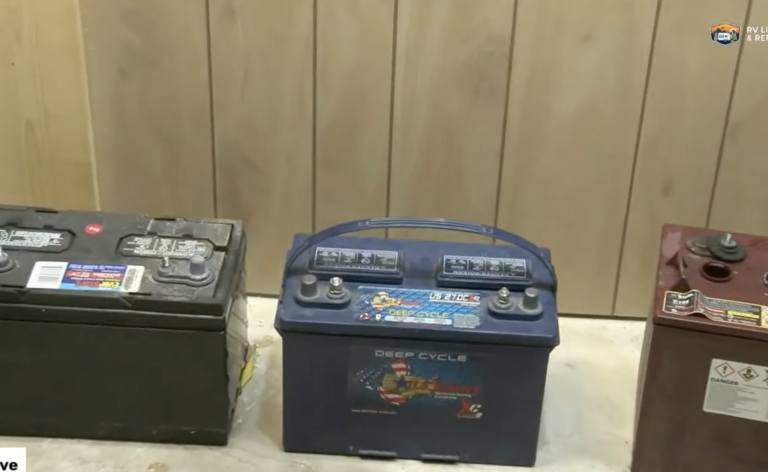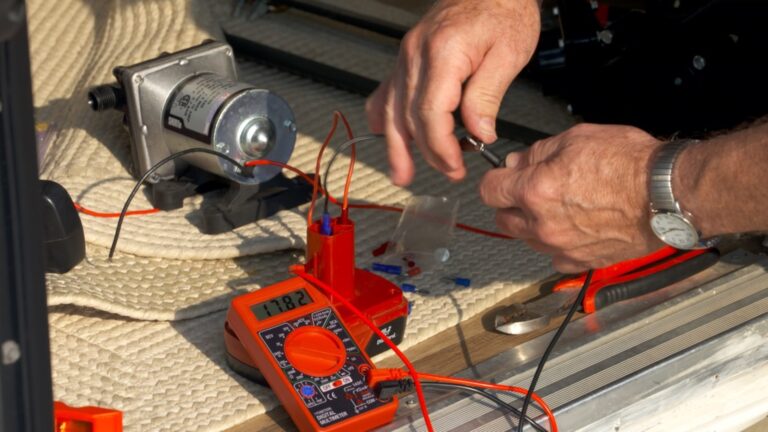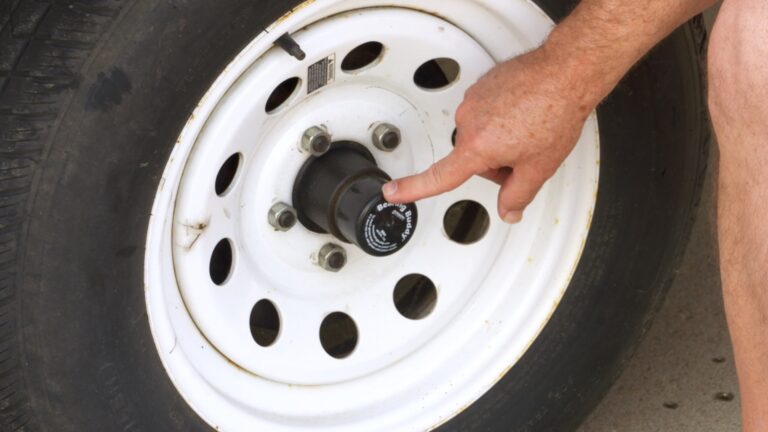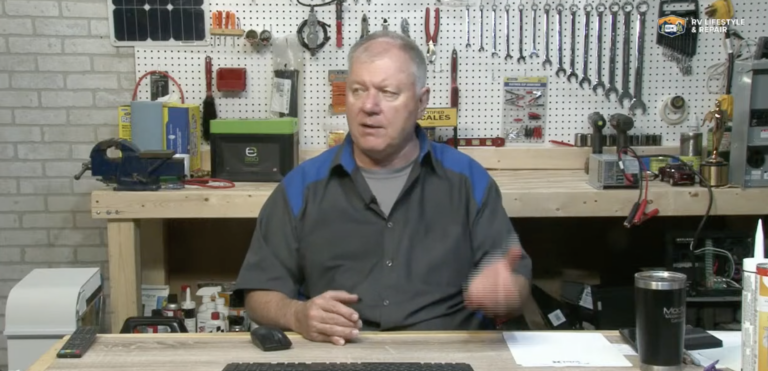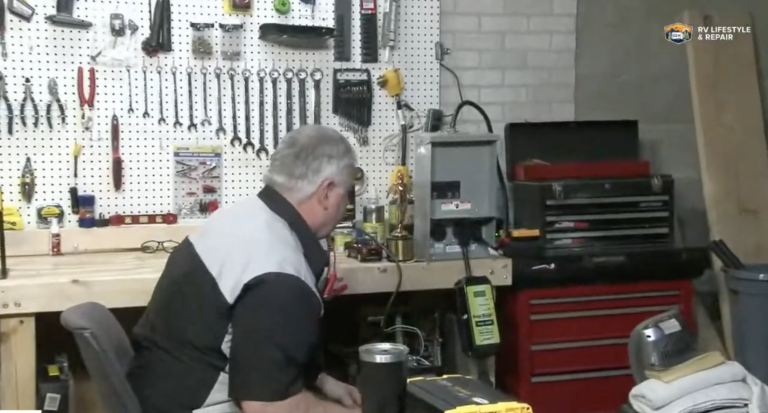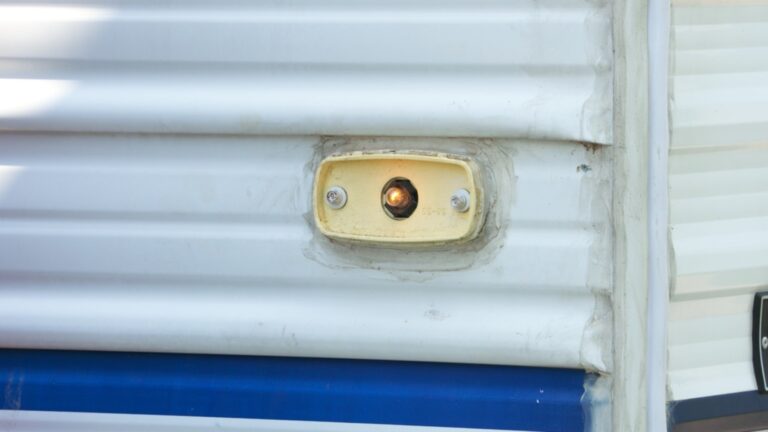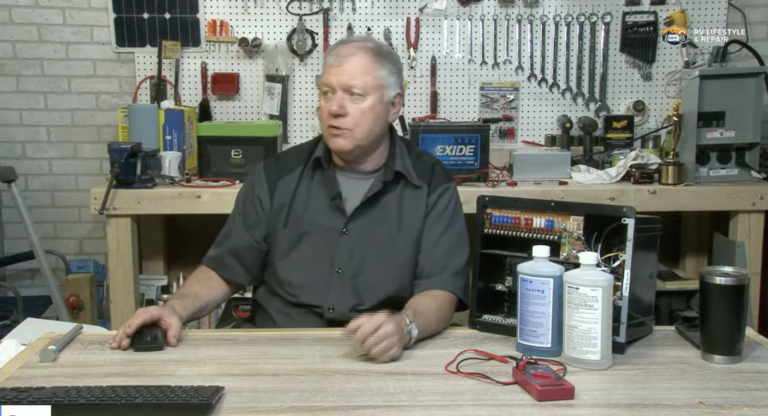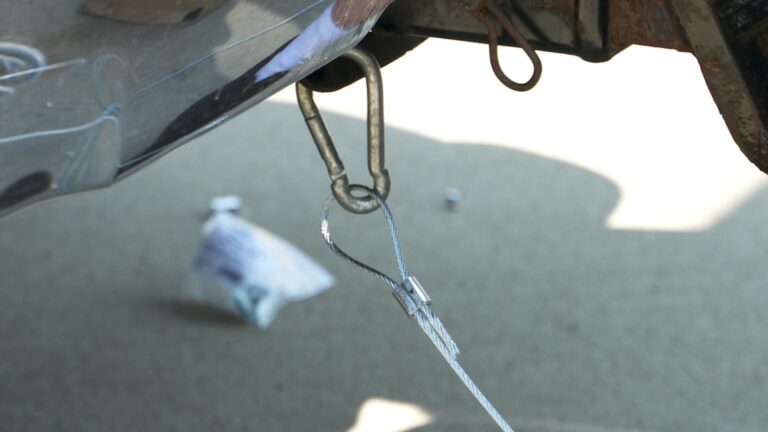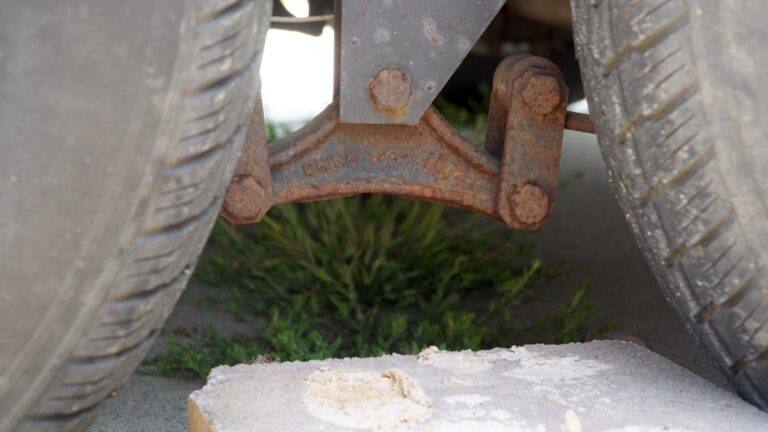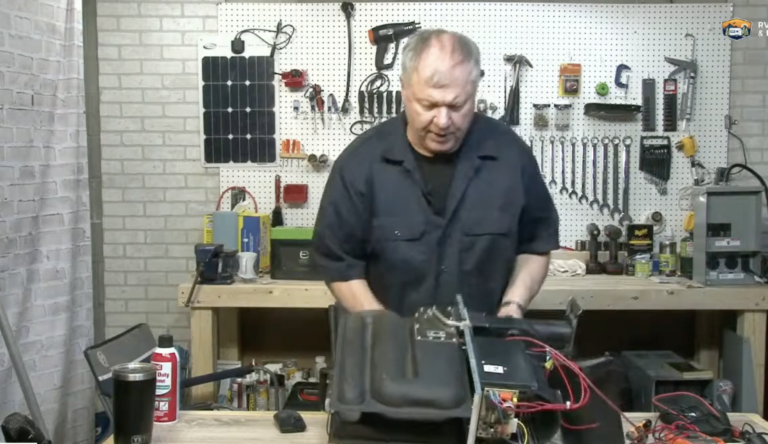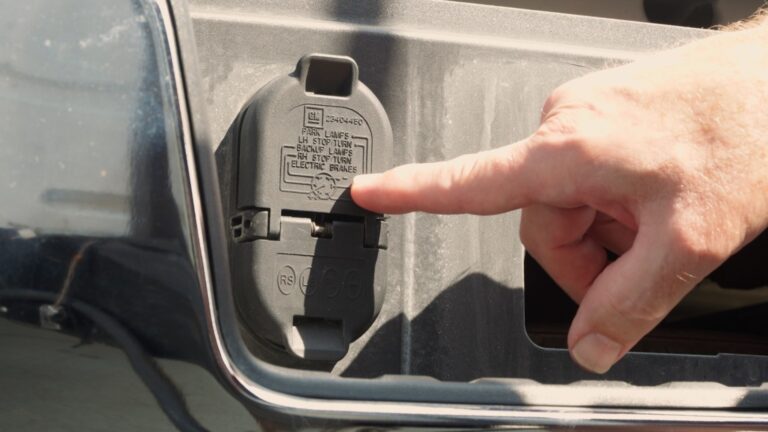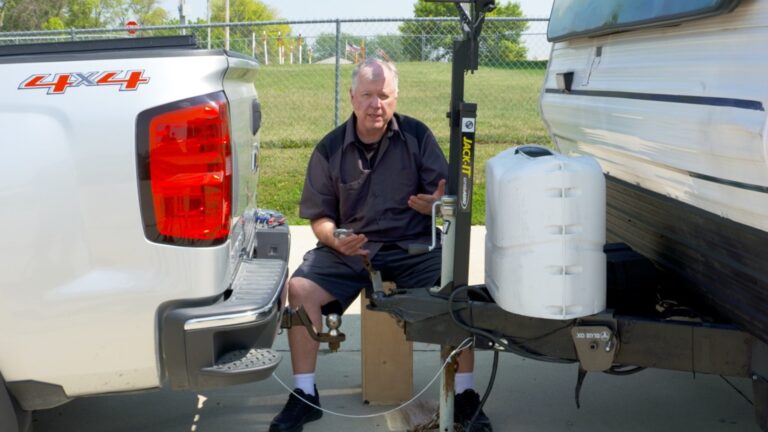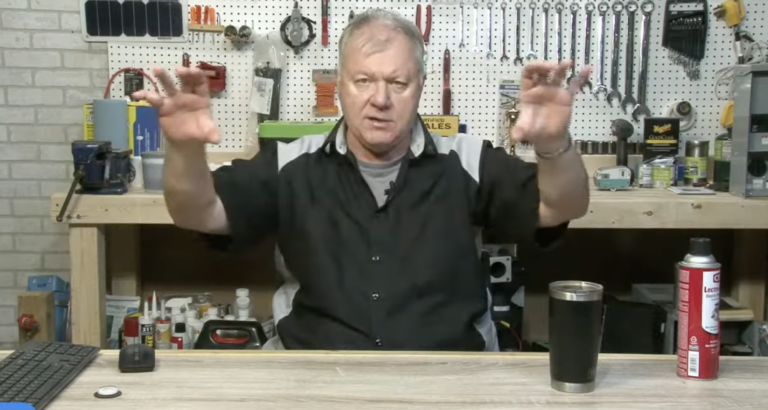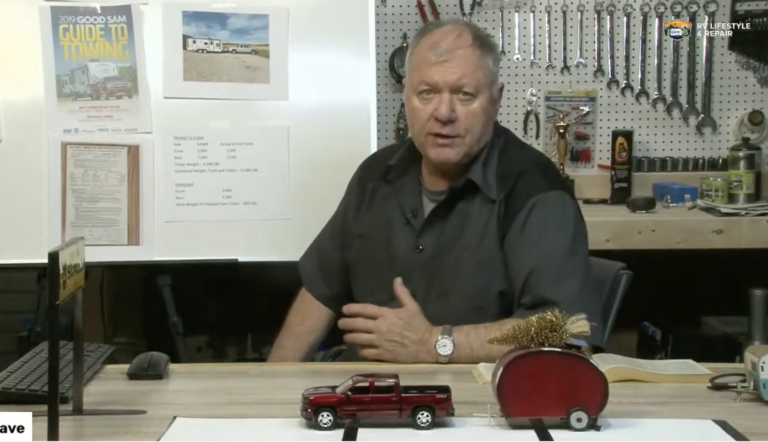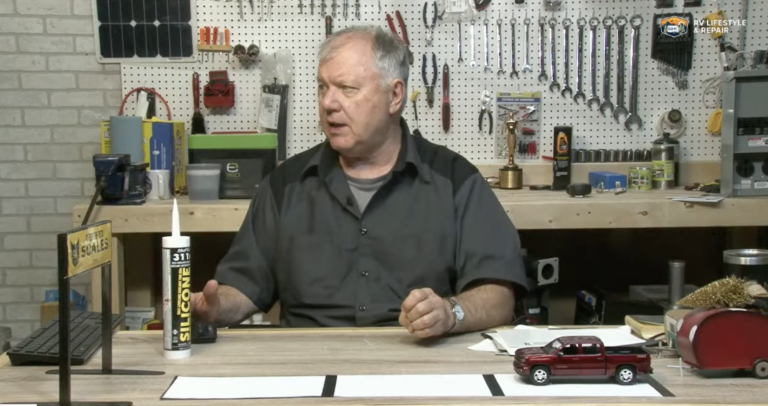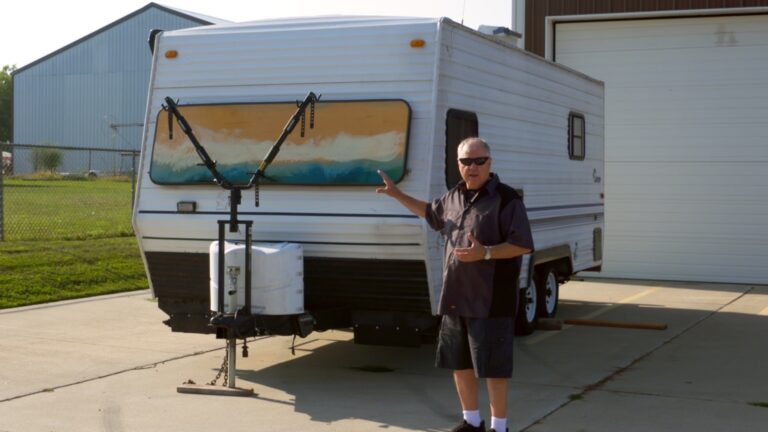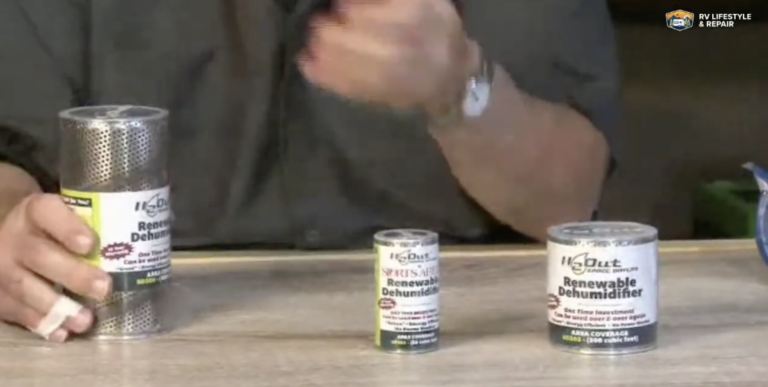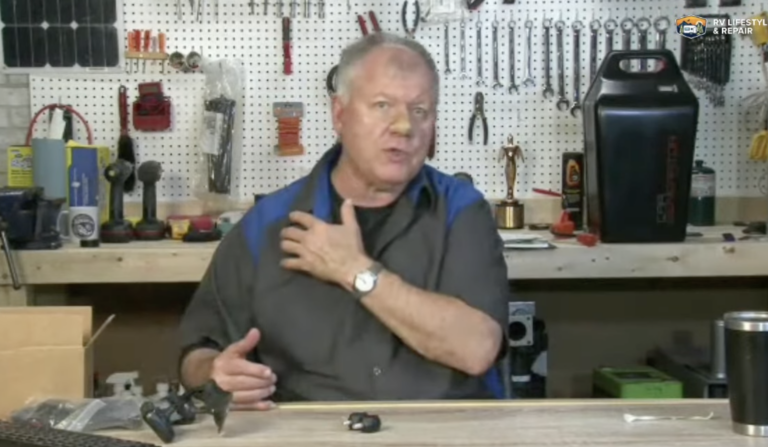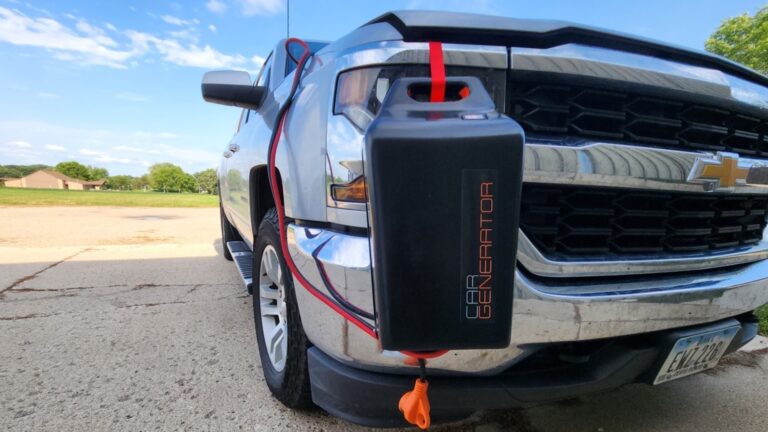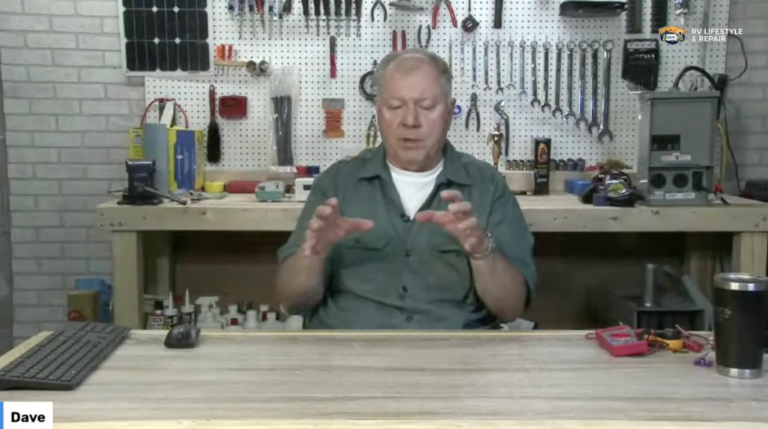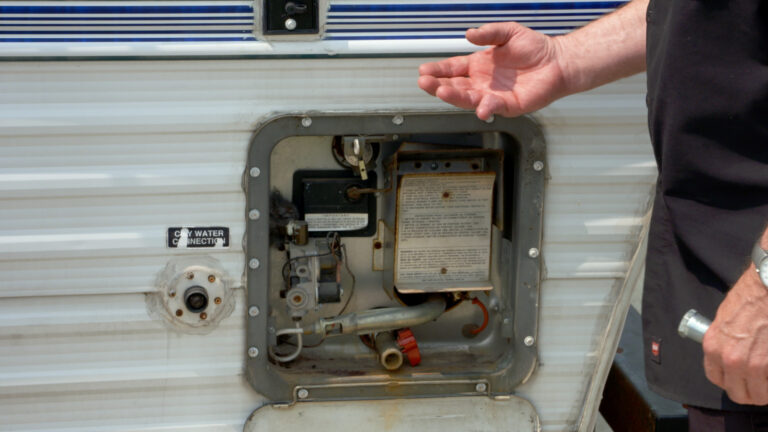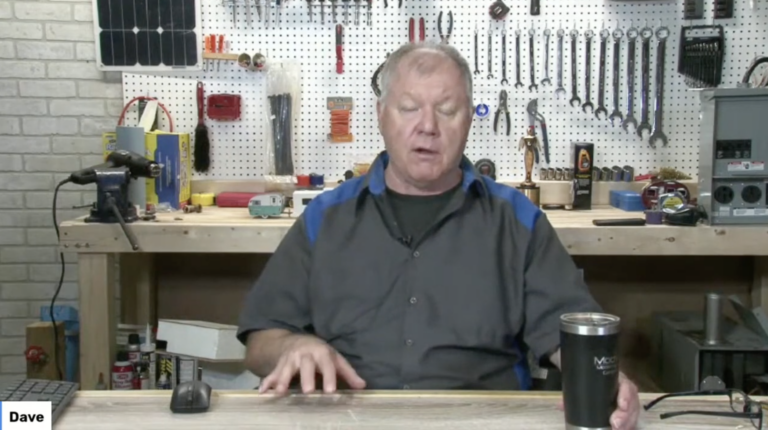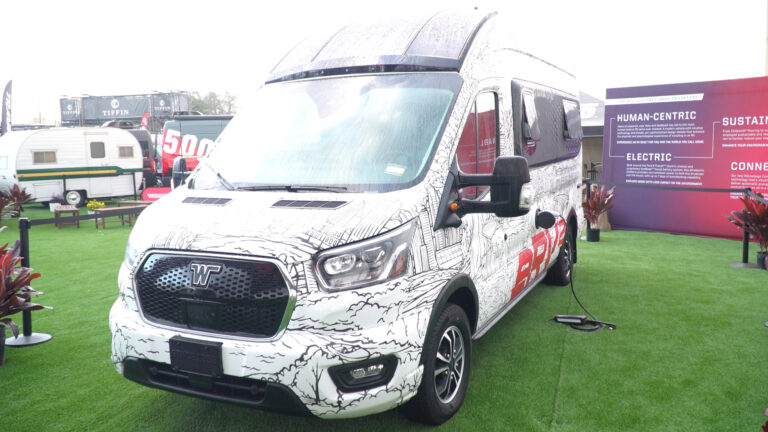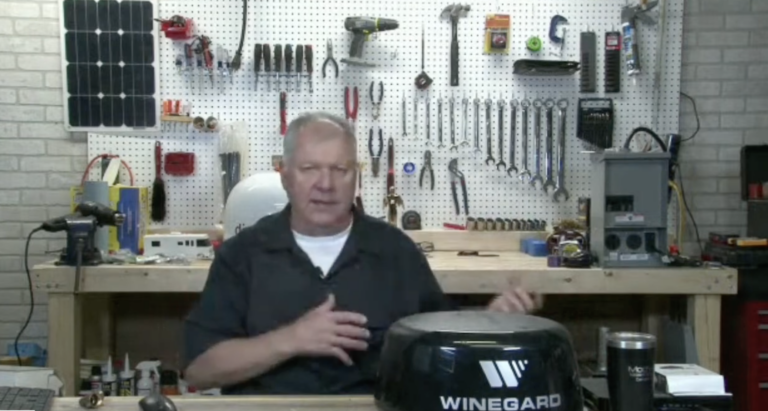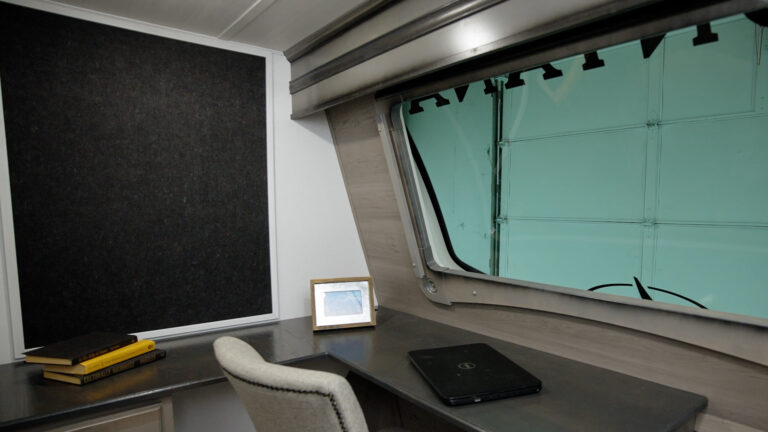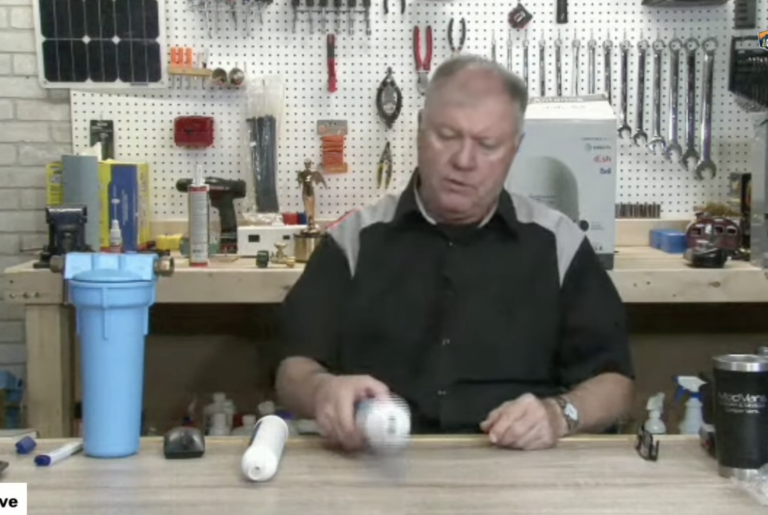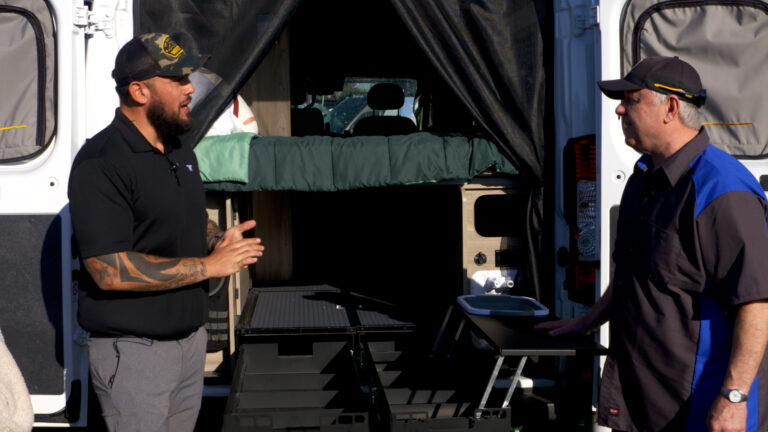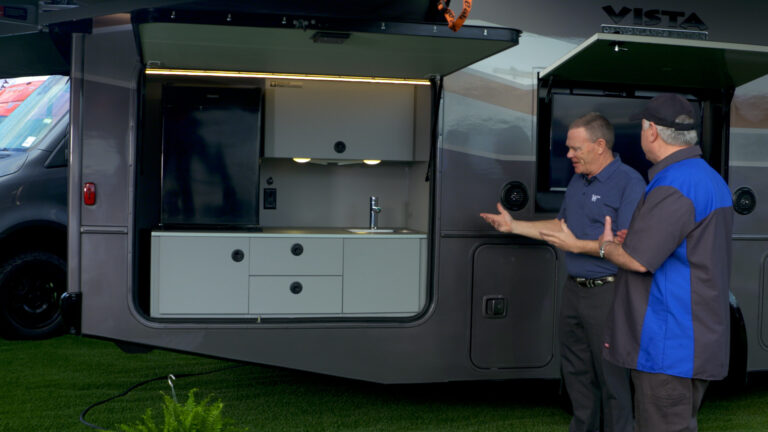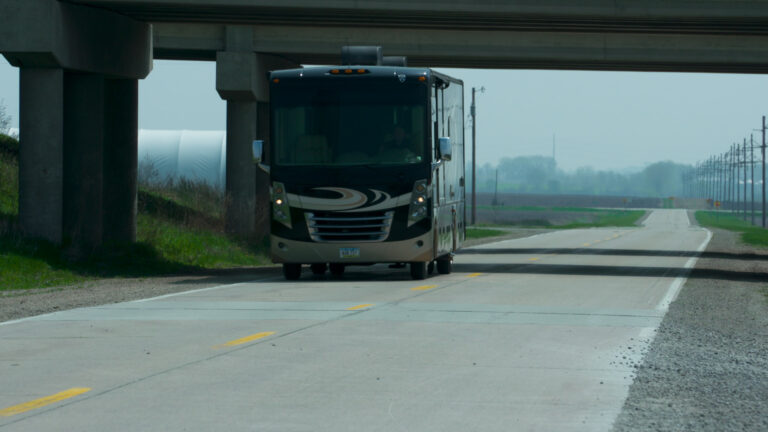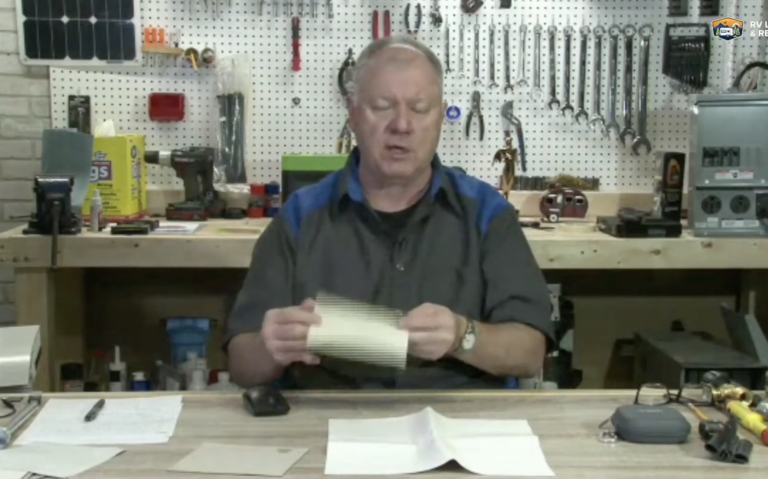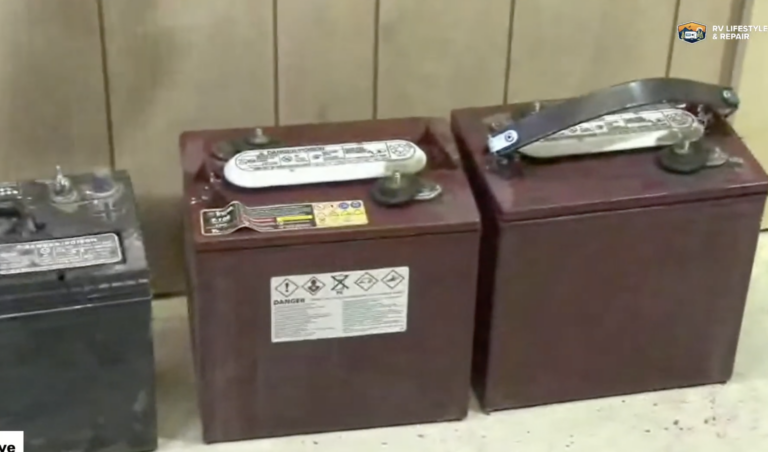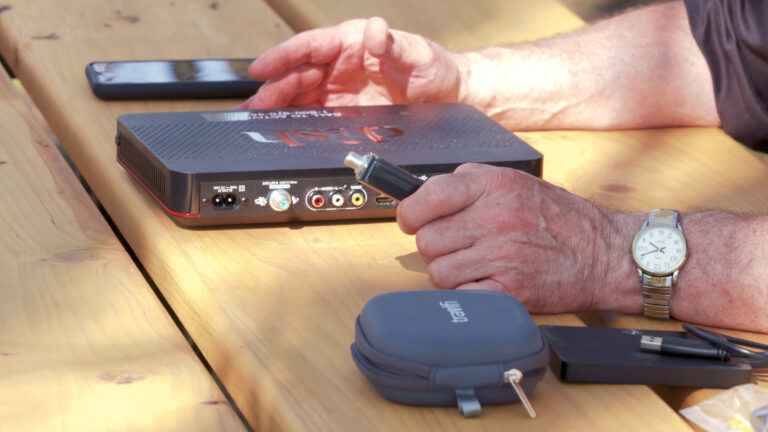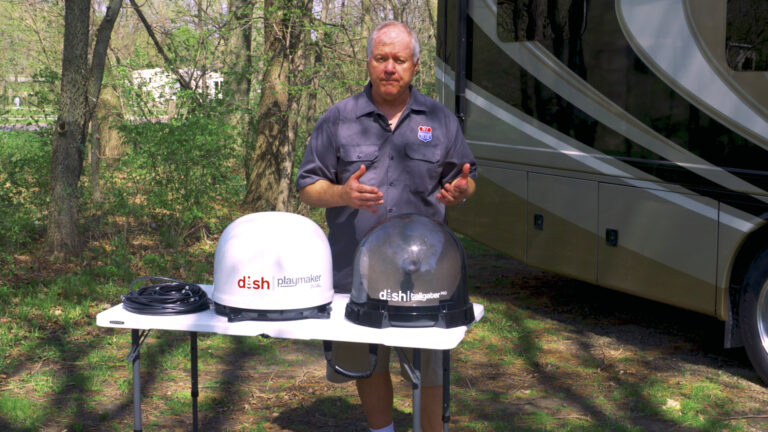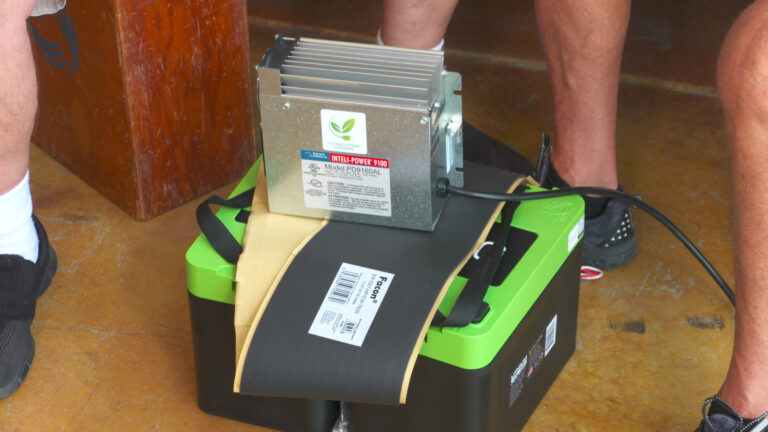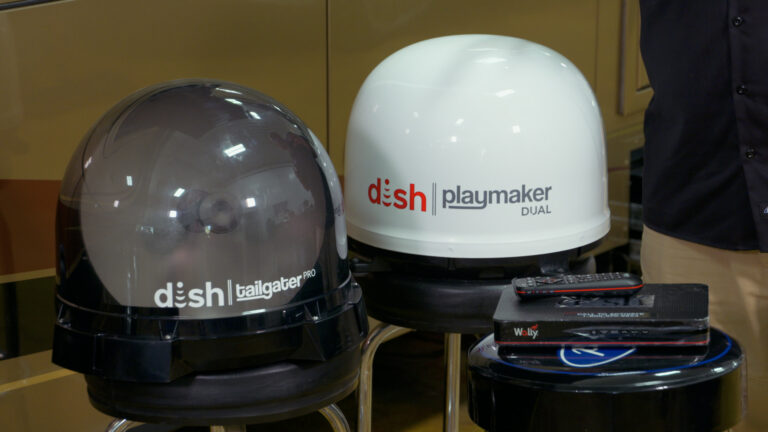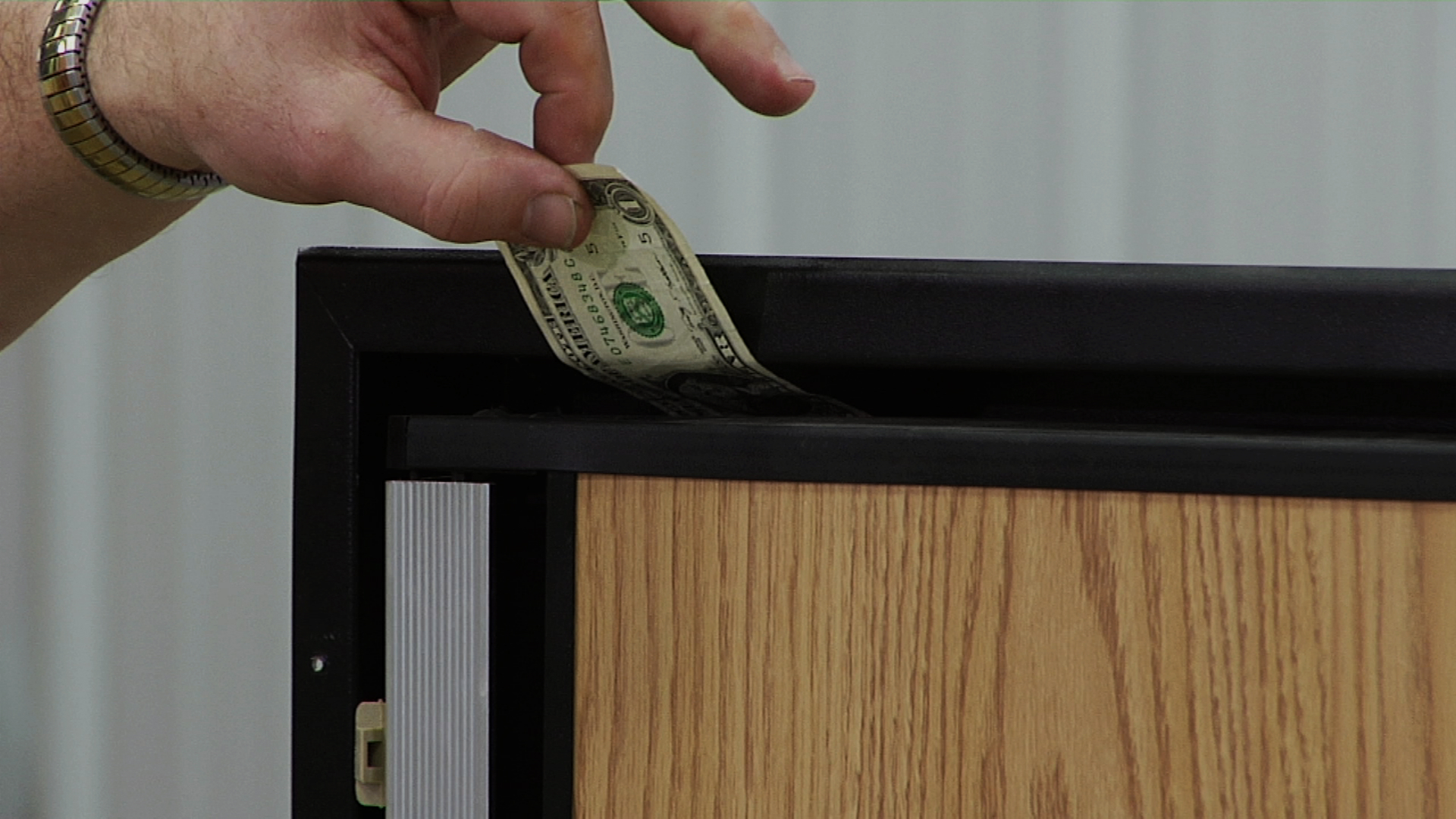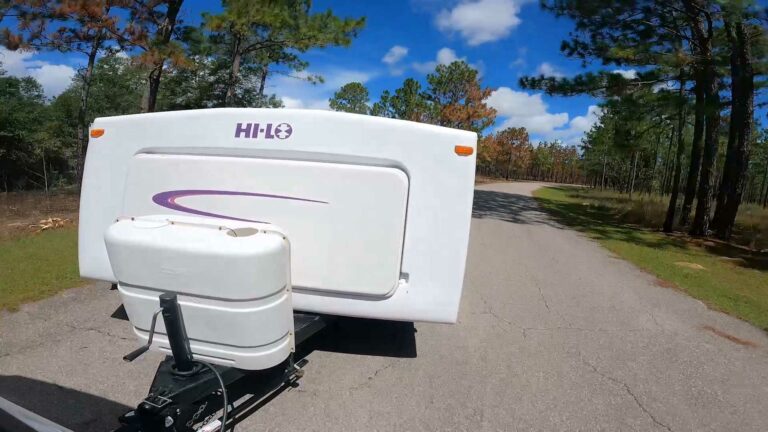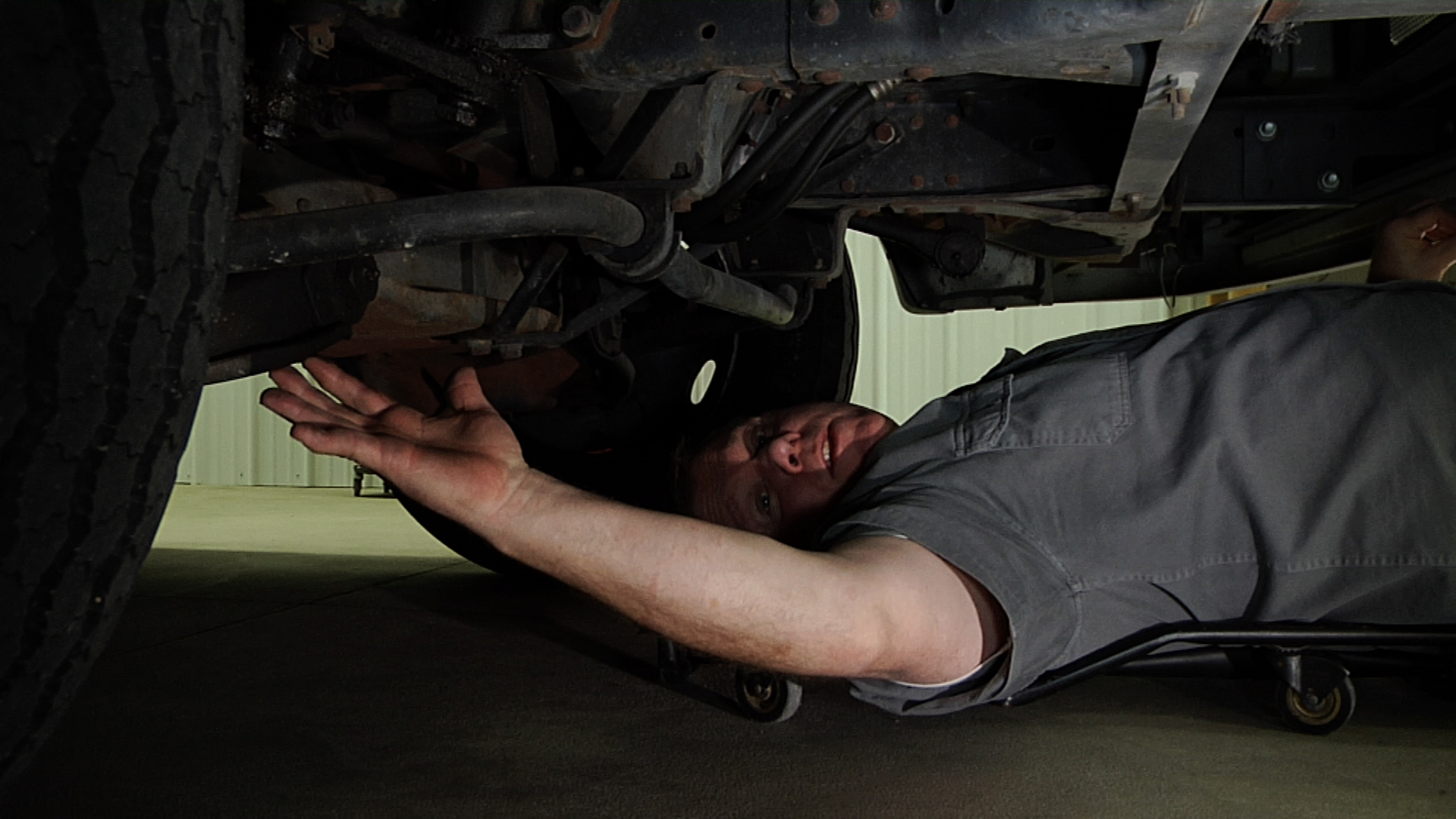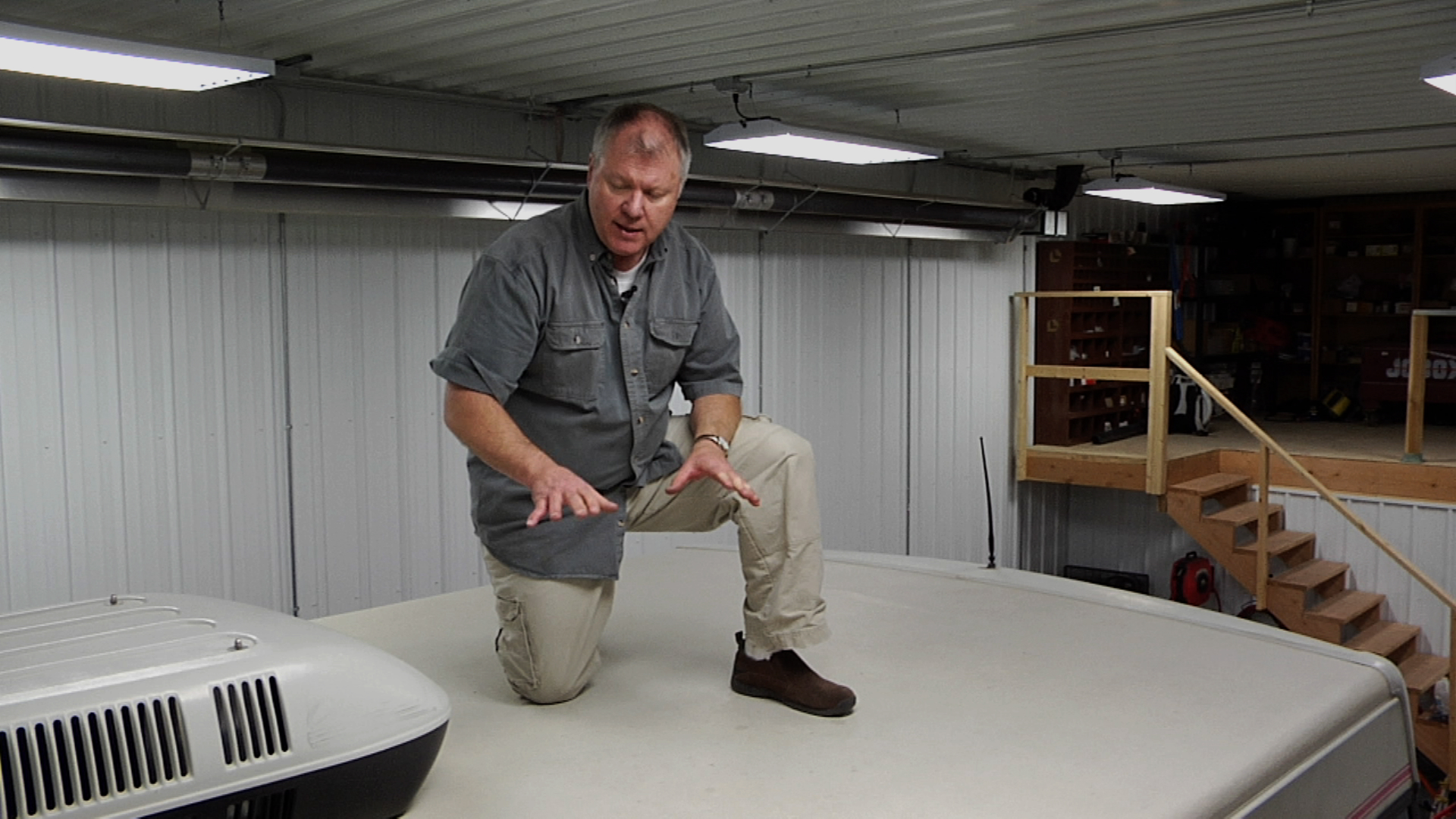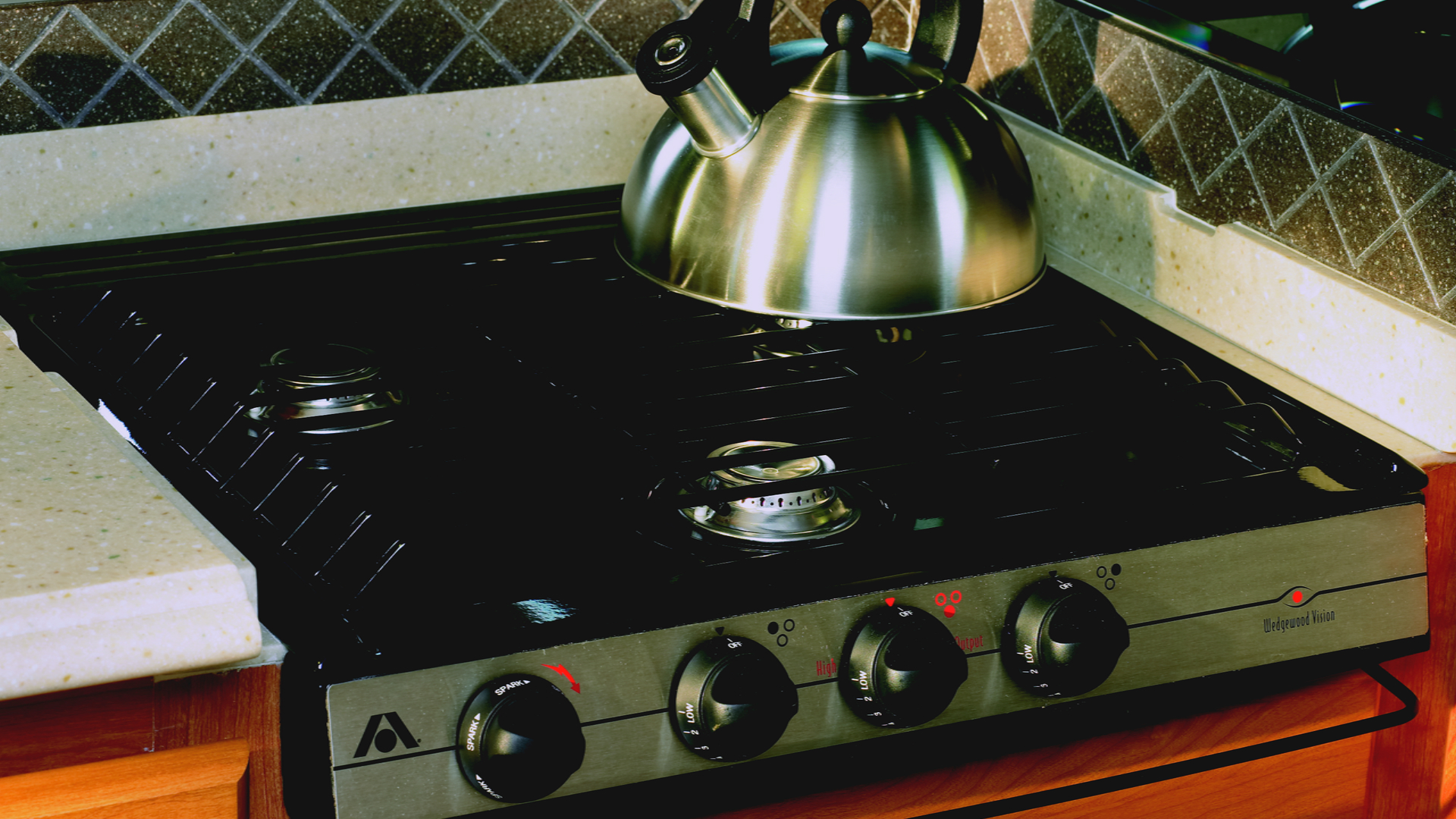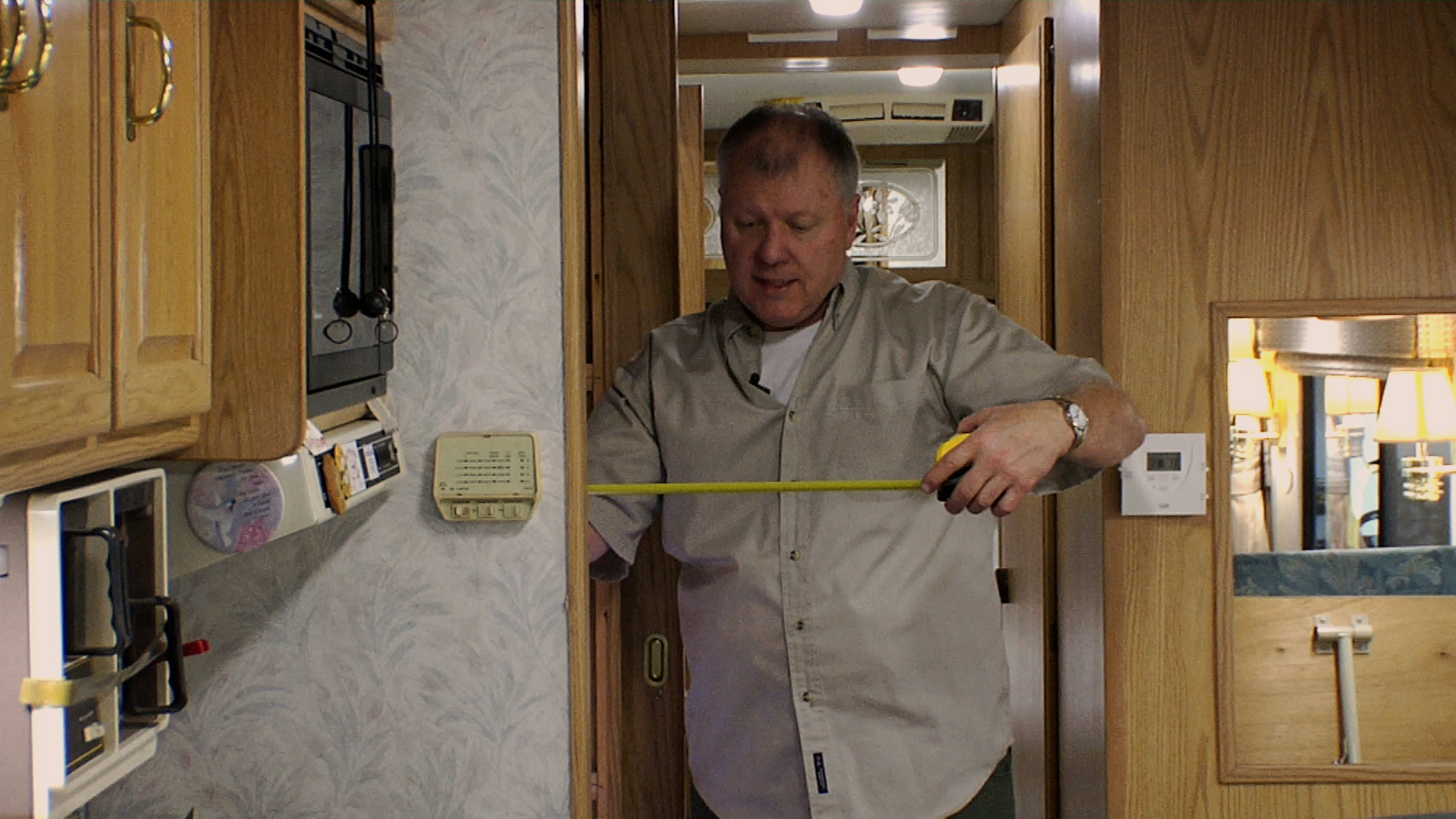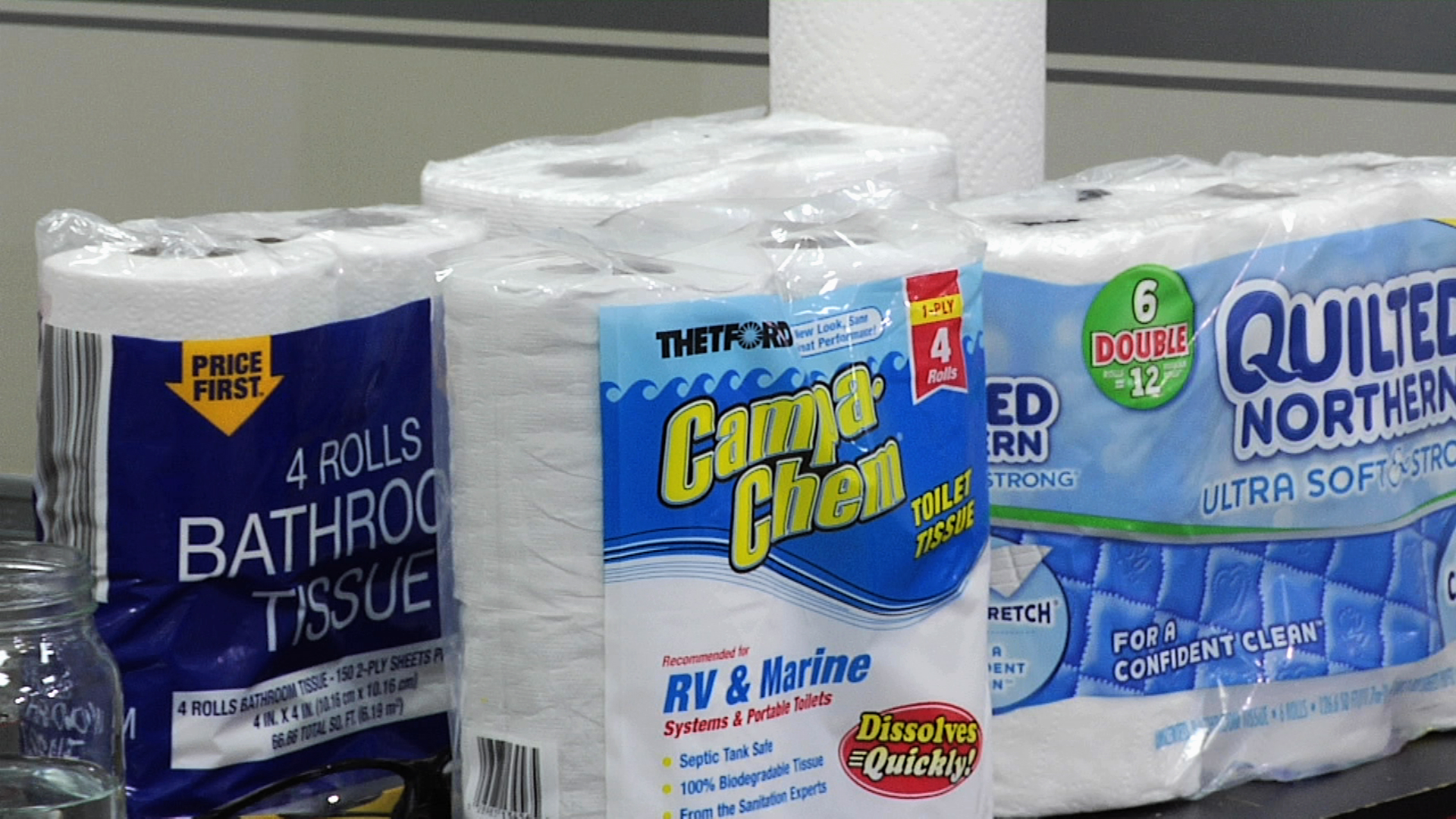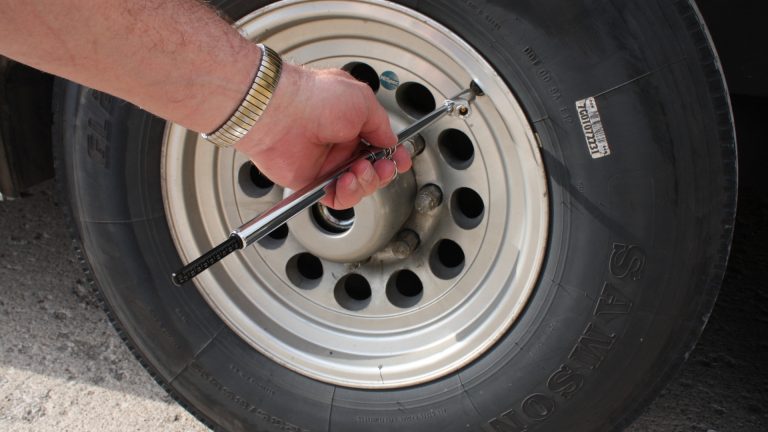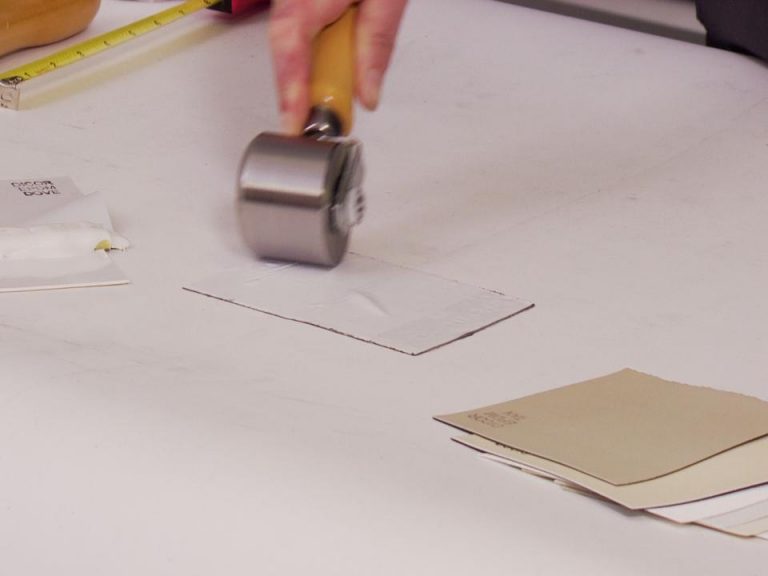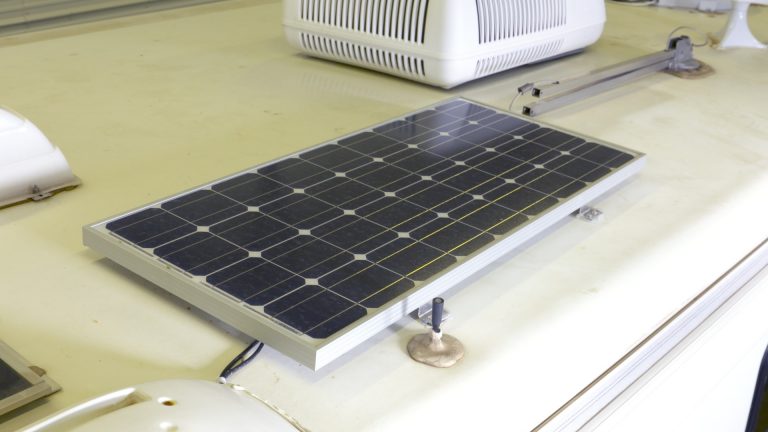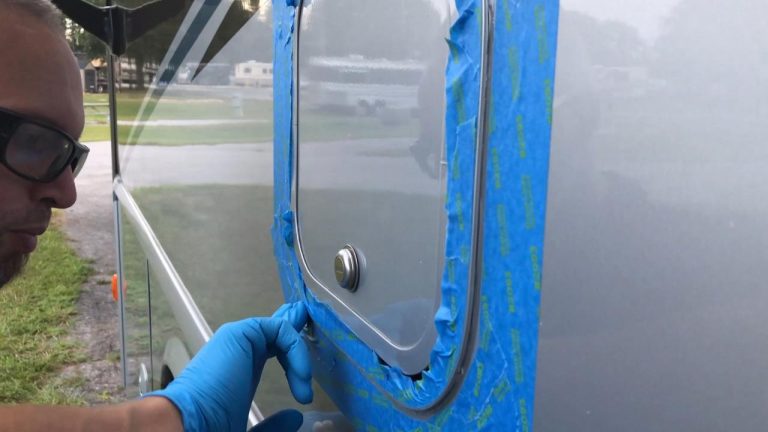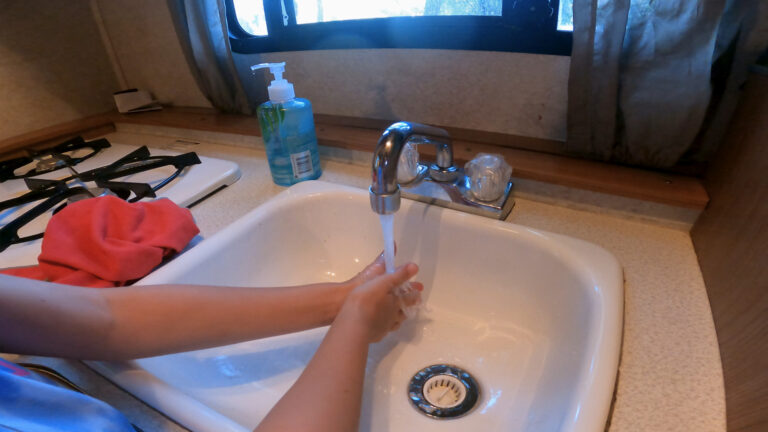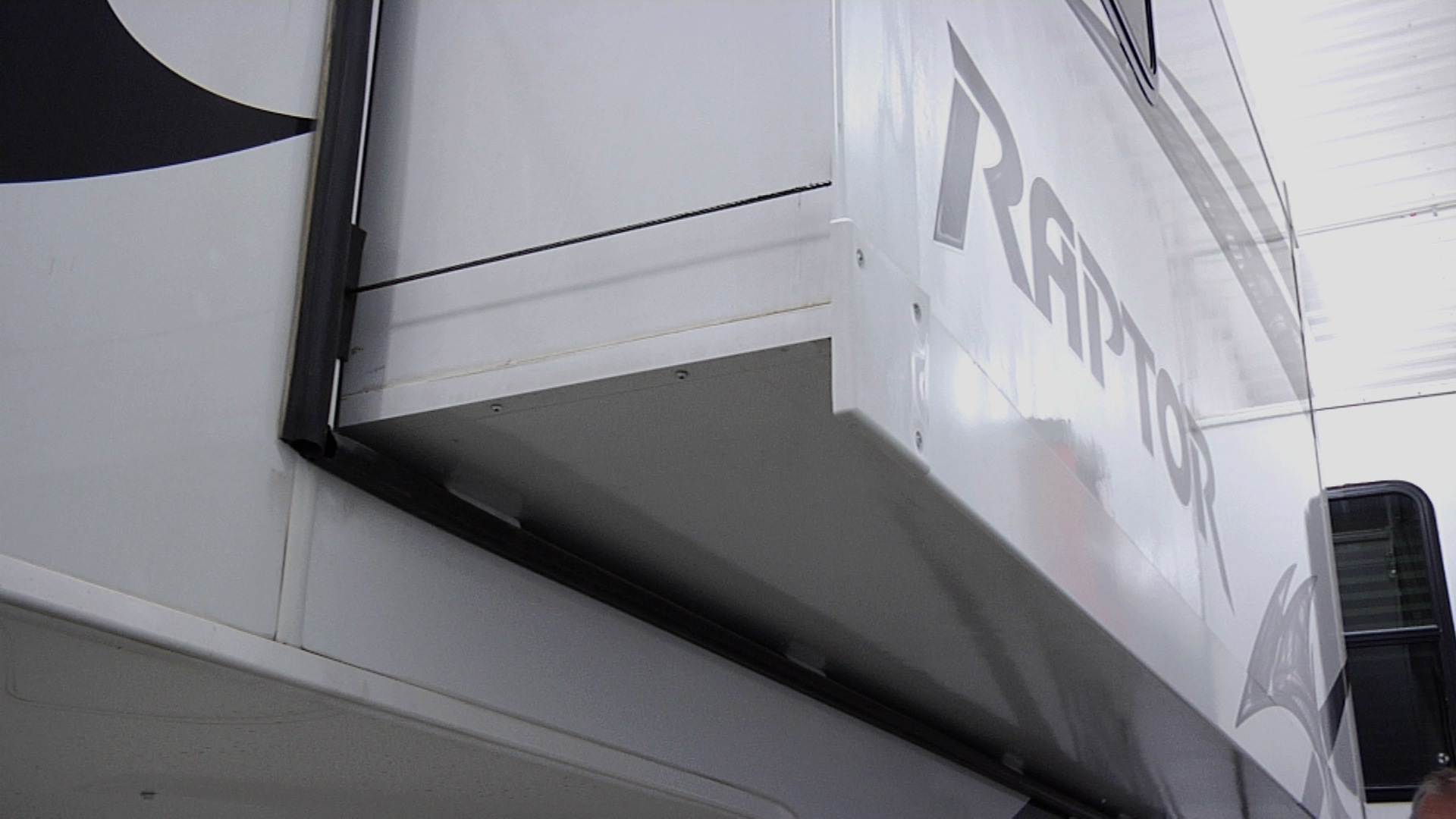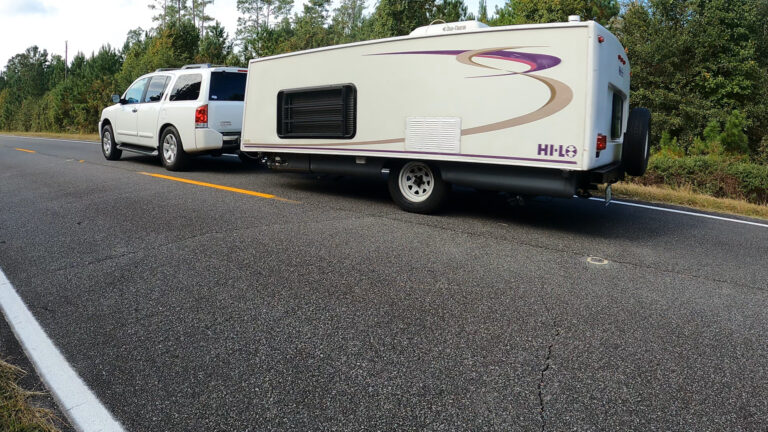
Buying a Used RV: Inspecting a Slide Room
Dave SolbergDue to its various capabilities and numerous moving parts, the slide room on an RV is one of the most essential parts to closely inspect when looking into buying a used RV. Dave Solberg teaches you what to keep in mind when checking over a slide room, from the component’s mechanisms to the exterior sealant to the room’s interior.
First things first, you’ll want to make sure the seal and flange are flush and capable of keeping away moisture and road noise. Check all screws for looseness, mechanisms for binding as well as plastic and metal pieces for warps and cracking. Experts will tell you when buying a used RV that you should run the slide room system a few times and keep an eye on the rollers, hydraulics and gears that uphold the weight of the room while it is both sliding and stationary. Of course, buying a used RV means there will most likely be wear and tear from the previous owner, so it’s essential to find damage and maintenance work before you make your purchase.
On top of the vehicle, you should again run the slide components, inspecting the seal between the roof and slide room, looking for any gaps or peeling. If you are considering buying a used RV that does not have fold-out awnings to cover the slide room, remember to brush away any leaves or other debris before and after making camp. The last thing you want is dirt and grime to get into sealant and start breaking down the material.
Inside, check flooring and walls for soft spots and moisture damage, as well as seams and molding for gaps and spaces where leaks could manifest. Run the slide a few more times to check for binding, jerkiness and excessive noise. Any of these could signal potential maintenance work during the process of buying a used RV.
Explore videos by Dave Solberg
You may be interested in
Premium Membership
Unlock exclusive member content from our industry experts.
- 24/7 Access to Premium RV Maintenance Videos, Travel Inspiration, and Lifestyle Tips
- Step-by-Step Instructional Demos, Projects, and Guides
- 50% Off Video Downloads Purchased in the RV Lifestyle & Repair Shop
- Access to Ask the Expert Program
Unlock exclusive member content from our industry experts.
- 24/7 Access to Premium RV Maintenance Videos, Travel Inspiration, and Lifestyle Tips
- Step-by-Step Instructional Demos, Projects, and Guides
- 2 Full-Length Video Downloads to Watch Offline
- 50% Off Video Downloads Purchased in the RV Lifestyle & Repair Shop
- Access to Ask the Expert Program
Gold Membership
$333 Value
Get everything included in Premium plus exclusive Gold Membership benefits.
- 24/7 Access to Premium RV Maintenance Videos, Travel Inspiration, and Lifestyle Tips
- Step-by-Step Instructional Demos, Projects, and Guides
- 9 Full-Length Video Downloads to Watch Offline
- 2 Full-Length RV Repair Classes to Keep for Life
- Discounts on Purchase-to-Own Content in the RV Lifestyle & Repair Shop
- Access to Ask the Expert Program
- Exclusive GOLD LIVE Streaming Events

